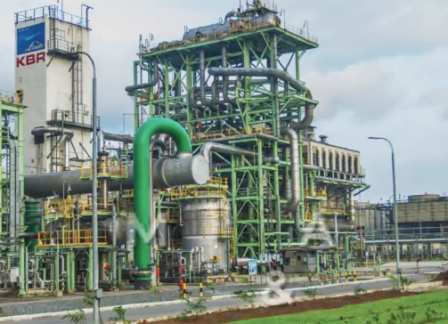Millions of people are facing soaring energy bills this winter. Yet according to our research, at least 20% of homes in the UK will continue to use large amounts of energy. We have found that existing energy efficiency measures such as improving home insulation and installing air source heat pumps are not enough to help these homes move out of the very lowest energy performance criteria.
These properties are called hard to decarbonise homes and include a wide range of unconventional residential buildings such as high rise blocks, homes with space constraints or those with heritage status. An estimated one in four homes worldwide are classified as hard to decarbonise, accounting for 25% of all direct residential sector emissions.
But homes are the fourth largest source of carbon emissions in the world. Failing to find affordable ways to improve the energy performance of the least efficient homes will undermine the UK’s ability to achieve its carbon reduction targets while trapping vulnerable households in fuel poverty.
Energy inefficient homes
Energy performance certificates indicate the energy efficiency of buildings in the UK. Buildings are rated according to their energy features, including the building materials, heating systems and insulation. The ratings run from A to G, where A is the most efficient and cheapest to run.

MPanchenko/Shutterstock
The UK’s housing stock has an average rating of D. But we found that between 60% and 80% of hard to decarbonise homes have an energy performance rating of F or G.
However, existing decarbonisation measures are often unsuitable for these homes.
Air source heat pumps, for example, cannot be installed in homes with limited external space. The heat pump itself is small but needs to be positioned somewhere outside with unobstructed air flow.
High rise residential buildings can also be complex and expensive to insulate.
Renovating multi-storey buildings requires costly scaffolding. Split incentives can arise where the landlord is forced to make changes that, through reduced utility bills, will only benefit the tenant. And the priorities of different stakeholders often compete with one another – leaseholders are more likely to prioritise avoiding paying improvement charges, the freeholder may prioritise upgrading their property and tenants will prioritise savings on their energy bills.
In the absence of fitting decarbonisation measures, those occupying hard to decarbonise homes will be exposed to higher energy bills. The annual fuel costs associated with an F-rated property are estimated to be at least £500 a year higher on average than they are for a D-rated home.
Trapped in fuel poverty
Vulnerable households, including those on low incomes and with physical and mental health issues, are disproportionately represented within the hard to decarbonise housing stock. The situation of these occupants will be exacerbated by high energy costs and cold homes.
These people may be priced out of heating their home to a safe and comfortable level over the winter months. This so-called fuel poverty increases the chances of suffering poor mental and physical health. According to national fuel poverty charity NEA, 8,500 deaths in the UK were due to a cold home in 2020.

Maren Winter/Shutterstock
UK homes are transitioning towards low carbon heat sources. But this could restrict future fossil fuel use to those occupying hard to decarbonise homes and risks exposing already vulnerable households to escalating prices. Households are already paying 90% more on average for gas, electricity and other fuels than they were last November.
Failing to find solutions for hard to decarbonise homes will also leave occupants vulnerable to “asset stranding”. This is where hard to decarbonise homes become prematurely obsolete and unappealing to purchasers because they are cold and expensive to run.
Achieving a zero carbon future
Addressing hard to decarbonise homes is a complex challenge. While it is widely accepted that all homes will need to be energy efficient by 2050, nothing is being done to help people living in hard to decarbonise homes.

Korostylev Dmitrii/Shutterstock
But it is the occupants of these properties that may hold the key to identifying viable solutions. These people know their homes best and can offer insight into how to live in energy inefficient homes. Research has demonstrated people’s ability to adapt energy efficient technologies to the particularities of their homes in the past.
From 2005 to 2012, a study in Finland recorded 192 instances of user innovation or modification to heat pump or wood pellet burning systems. The innovations included redesigning the controls or the addition of protective housing for outdoor units and improved the efficiency, suitability or cost of the heating systems. These users accelerated the development of these renewable technologies by modifying them to cater for the variation in their homes.
Taking an occupant led approach could reveal solutions that would enable the UK to meet its climate targets and better protect its most vulnerable inhabitants.




